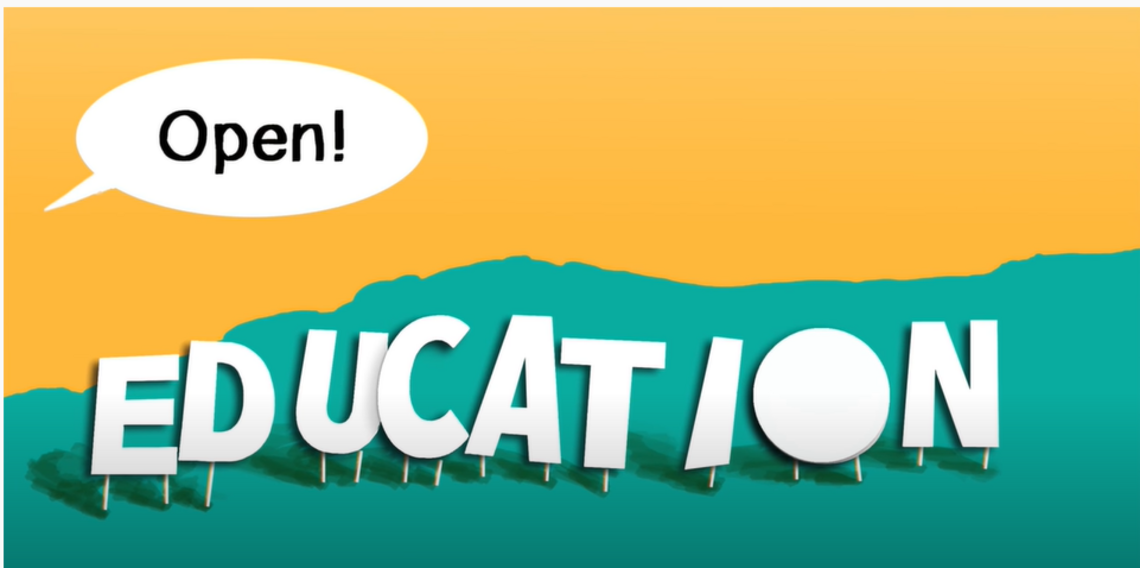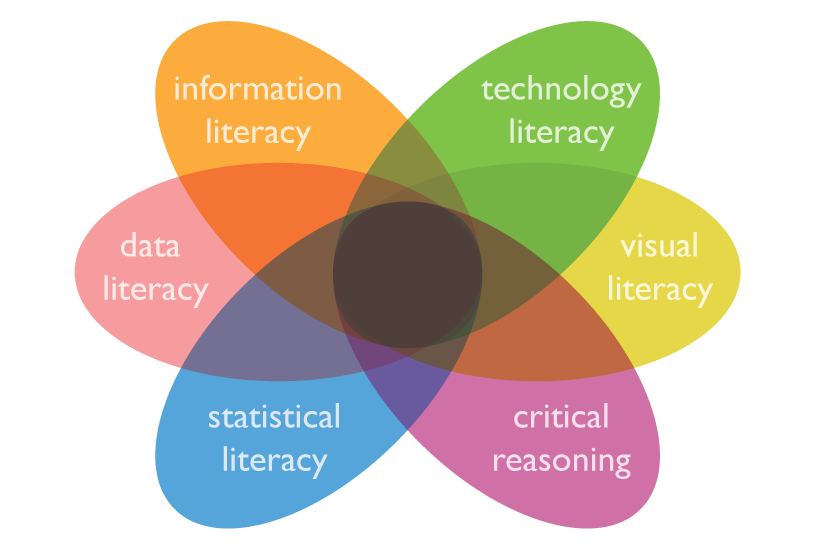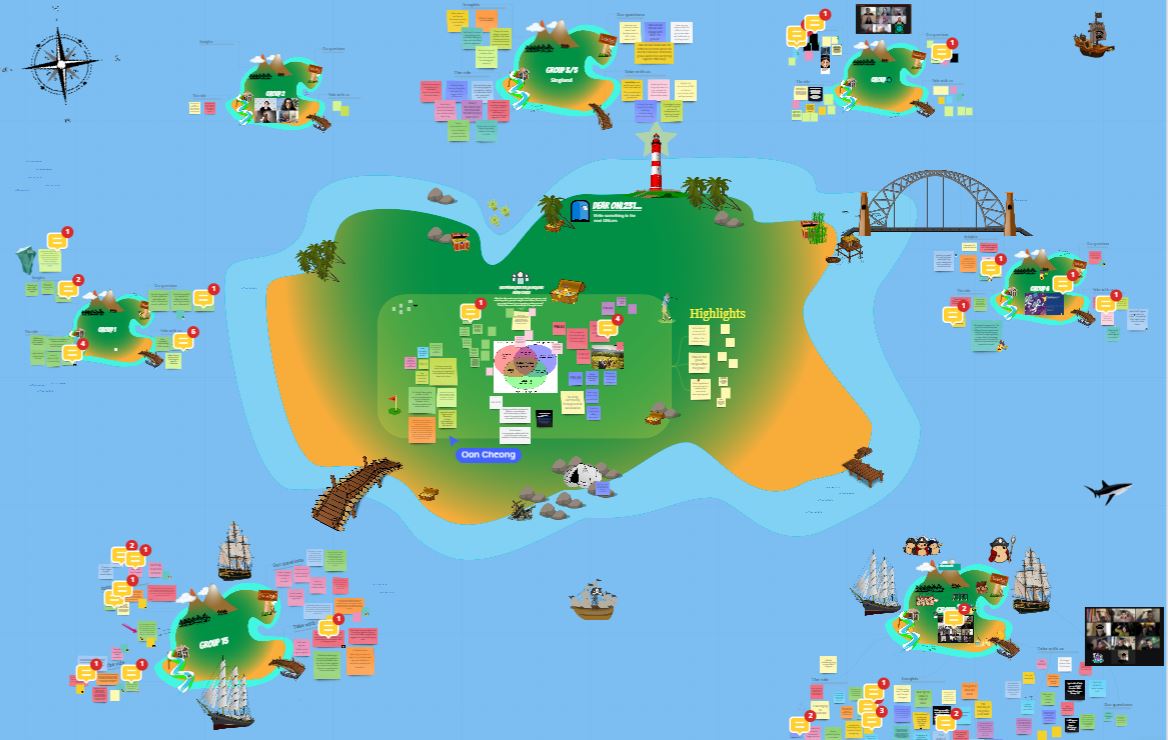«Was sind OER?» by OERinForm oer.amh-ev.de unter CC BY-SA 4.0, https://creativecommons.org/licenses/by-sa/4.0/, https://youtu.be/dpjrmx513wk
Open learning
The world is changing towards a more inclusive and interconnected global marketplace, where technology is playing an intensive role. Education actively responds to these changes by including more and more open education principles, quite often using diverse technologies to achieve so. Those institutions that enhance their traditional teaching environments with best digital educational technologies will give their students, in turn, the best chances to succeed. Students who have access to digital learning environments at their educational institutions will have increased skills and knowledge to achieve and they will become Open lifelong learning students (Andone, 2020).
What is OER?
Open Educational Resources are open educational media which are deliberately designed openly by the author and provided with certain rights of use (so-called licences). Creative Commons licences are one of the most common and best-known licences issued in this context. This enables easy use, further processing and publication. Open educational media can include any kind of course material such as texts, images, audio, videos, learning software and complete course units (Zurich University of Applied Sciences, n.d.).
Openness in my environment
In general, I think it is important that created materials are used in as many ways as possible. For example, I exchange learning materials or project reports with my colleagues from time to time so that the latest findings can be used in teaching. However, I can’t imagine that the learning materials would be openly distributed to the outside world, because a lot of knowledge, time, skills, experience and also pride go into it. For example, when we created the MOOC Aquaponics, it was clear to us that we wanted to create a course on edx.org that participants from all over the world could take part in. But licensing the course materials freely was a no-go for us.
Open educational resources at ZHAW
The Zurich University of Applied Sciences has an OER strategy in place: Open Educational Resources | ZHAW Hochschulbibliothek
In principle, OER is promoted at my institution and a team is available to assist with licensing issues.
Important points are:
- clarify rights
- use OER materials
- license according Creative Commons
- publish on suitable portals
Suitable licences at ZHAW:
CC BY-NC may not be used at educational institutions. But the openly available licences CC 0, CC BY and CC BY-SA can be used. The licence chooser can assist with the choice of licence.
Technology in open education
I think technology is what makes open education possible in the first place. In the past, when you had to gather your literature in the library, it was inconceivable that one day you would be able to access entire lecture notes online under free licence.
According to Paine (2022), technology allows a shift from static learning materials to more dynamic interactive media content. Students often learn faster and engage more. There exists a rich ecosystem of open educational technologies (OET) created by educational, open source, and commercial organizations around the world. For example, Open Educational Technologies (Open EdTech) is a diverse group of organisations, open source projects, and individuals advocating for the use of open technologies, content, and standards in education (Andone, 2020).
Open education promotes inclusion and social diversity
The book Open Education – International Perspectives in Higher Education written by Bliss und Blessinger (2016) illustrates through a mixture of theoretical and practical approaches, that open education promotes ideals of inclusion, diversity, and social justice to achieve the vision of education as a fundamental human right.
Plenty information on this topic is available at: Diversity, Equity, and Inclusion in OER [Updated] – Open Educational Resources
Search and publish OER
There is an OER guide on how to proceed if you want to publish learning material as Open Educational Resources at ZHAW. In Google, for example, you can use the extended search-function and the following rights of use:
- free to use (CC 0)
- to be shared (CC BY)
- and adapted also for commercial purposes (CC BY-SA)
Advantages and disadvantages of open education
Some benefits of OER include (Advantages and Disadvantages | OER Tutorial, n.d.):
- Fosters pedagogical innovation and relevance that avoids teaching from the textbook
- Broadens use of alternatives to textbooks while maintaining instructional quality
- Encourages pedagogical innovation
- Lowers costs of course materials for students
- Contribution to a community
- Method of collaboration
- Helpful to future educators
Some disadvantages of OER include (Advantages and Disadvantages | OER Tutorial, n.d.):
- Quality of available OER materials inconsistent
- Need to check accuracy before use
- Materials may not meet Section 508 ADA accessibility or SCORM requirements and must be modify to bring into compliance
- No common standard for review of OER accuracy and quality
- Teachers sometimes not rewarded by the system for their efforts
- Need to check accuracy of content
- Customization necessary to match departmental and/or college curriculum requirements
- Technical requirements to access vary
- Technological determinism created by the delivery tool
My user-experience about licensing of online courses
In the past, I wasn’t interested in what kind of licence an online course carried. When I was involved in the production of the first MOOC at the ZHAW, however, we had to deal with how to license the course. We decided to mark the MOOC Aquaponics with “all rights reserved” because we have a unique knowledge in aquaponics. We have 25 years of experience and research in aquaponics and we want to share this knowledge for free in our online course for participant from all around the world, but we do NOT want to give all the material so that it can be shared or used further.
But now, when I am dealing with these issues, I do notice licensing. I like that we’re looking at open education as part of OLN222.
I also shared my experience about open learning in the video output Topic 2 of BPL group 7: Padlet link
Literature
Advantages and disadvantages | OER tutorial. (n.d.). Licensed under the Creative Commons Attribution Non-commercial Share Alike 3.0 License. Retrieved October 21, 2022, from Advantages and disadvantages | OER tutorial (uah.es)
Andone, D. (2020). Open Education Technologies | EDEN. Open Education Technologies | EDEN (eden-online.org)
Bliss, T., & Blessinger, P. (2016). Open Education: International Perspectives in Higher Education, 378. https://doi.org/10.11647/OBP.0103
Paine, R. (2022). The Use Of Technology In Online Education – eLearning Industry. The Use Of Technology In Online Education – eLearning Industry
Zurich University of Applied Sciences. (n.d.). Open Educational Resources. Retrieved October 20, 2022, from Open Educational Resources | ZHAW Hochschulbibliothek




Comments
Thank you Florentina for an interesting reflection! I agree about the pros and cons with OER. Not everything should be free of access.I think this also require a critical perspective and is actually taking responsibility as a professional. I struggle a bit on both how to be more active as a “resident” on eg. social media, but also how to be more open and sharing outside the frame of participants in education or my colleagues. When having a lecture I am not so keen on have it recorded and to be fully accessible. Your reflection gave me more to think about and help to make the decision on how to make eg. materials more free och access or not.